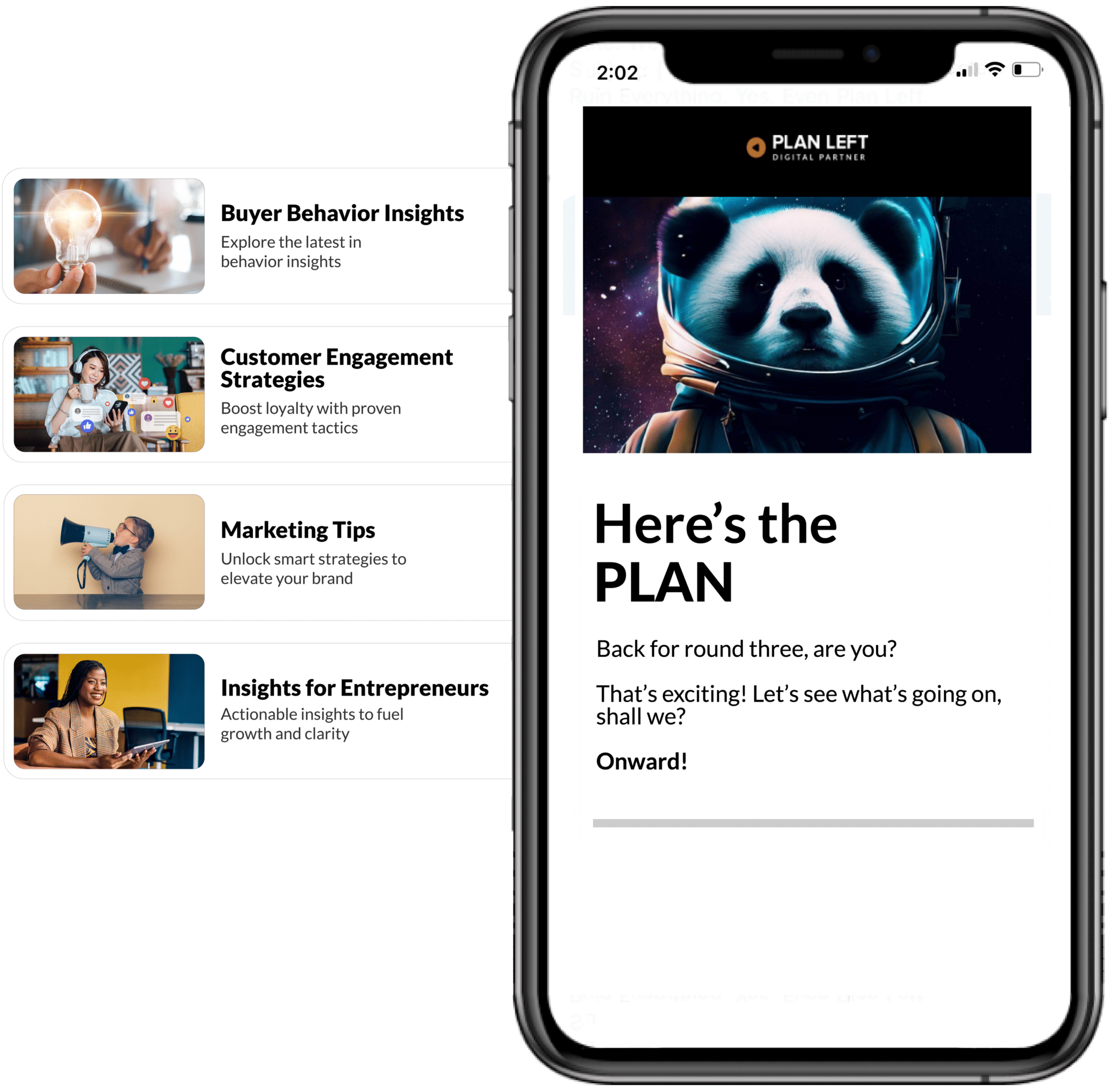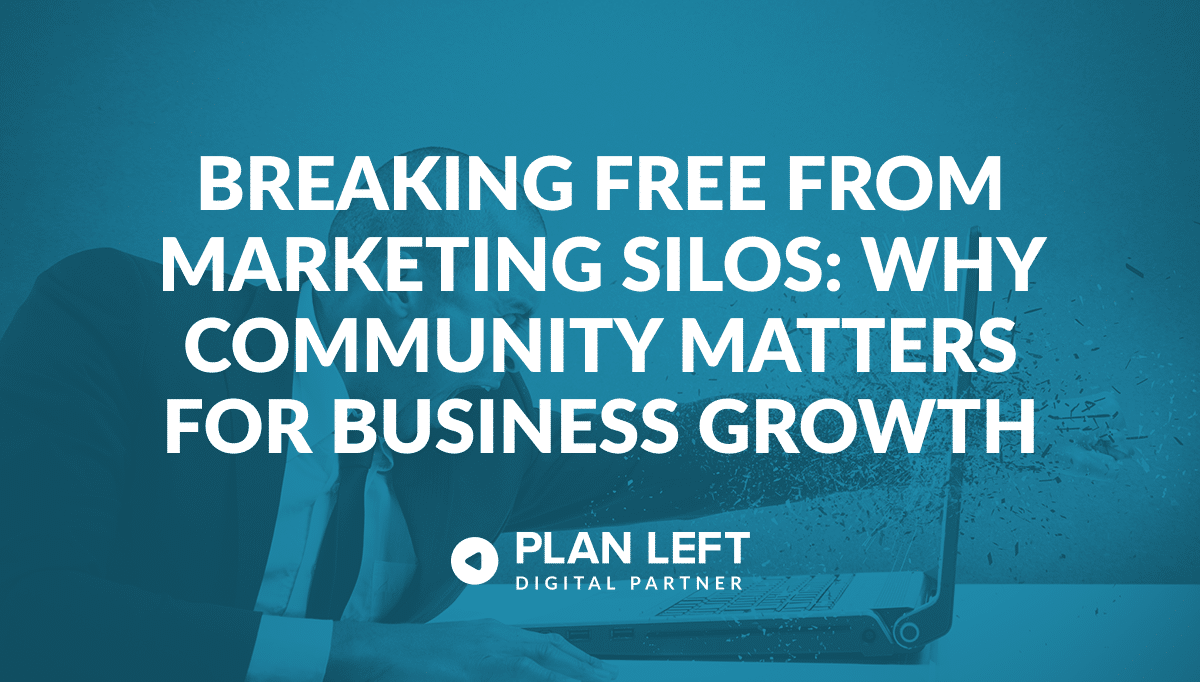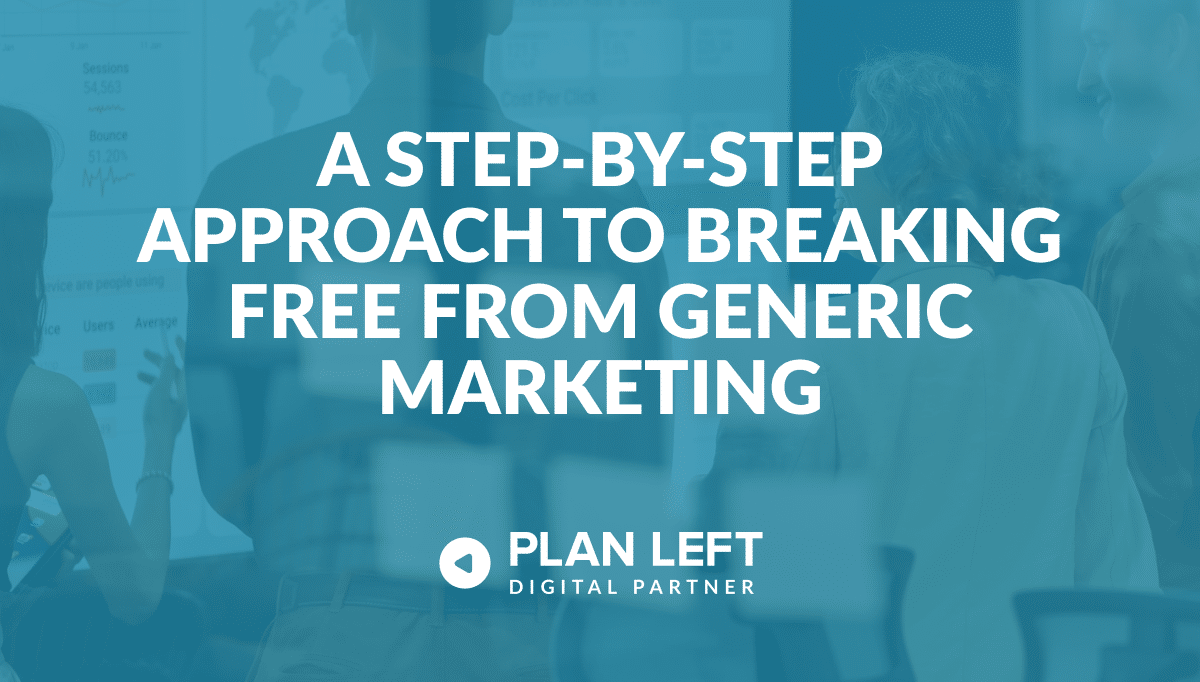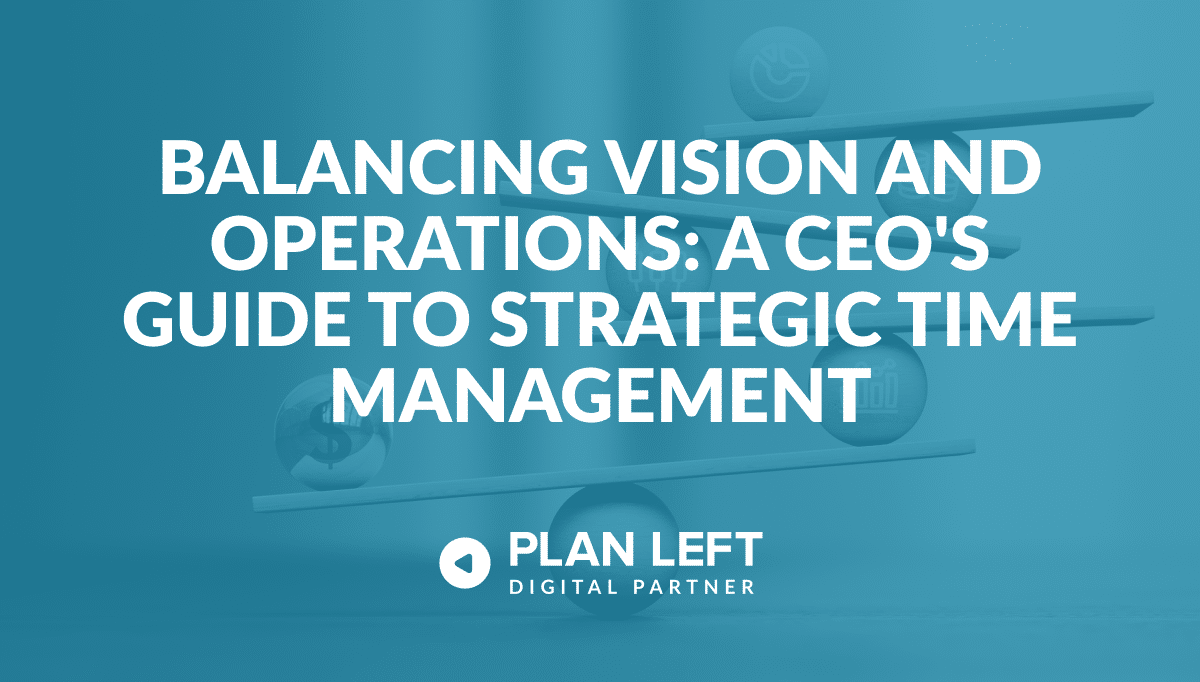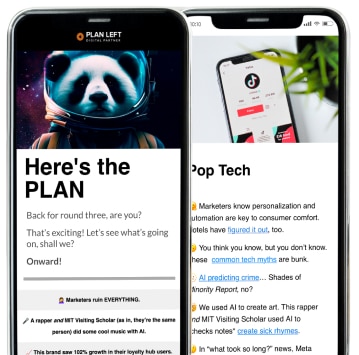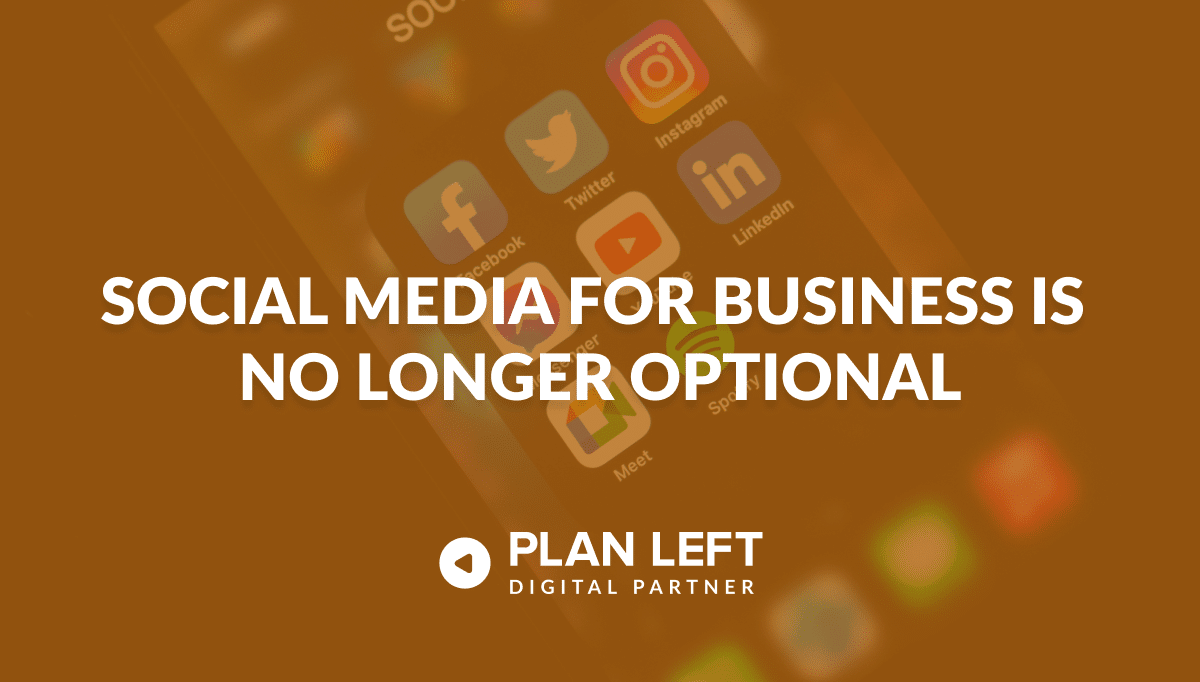
Social media was fun. It was cool. It was…social. Then, as with just about everything, marketers got involved and changed the whole landscape. We won’t say marketers ruined it, but, well, we certainly managed to bend it to our will. Plenty of business owners still only consider social media a B2C tool. Those B2B businesses that understand the importance of social presence may engage in set-it-and-forget-it policies, meaning they create a page and believe that’s all they need.
We’re here to say “nope.” Nope to all of that—except the part where we nearly ruined social media. If you’ve considered social media an optional business tool, it’s time to change your mind.
Social Media Is Huge and Getting Bigger
Of more than 8 billion people worldwide, 5.35 billion use the internet, and 5.61 billion are unique mobile phone subscribers. There are 5.04 billion social media identities, but to be fair, they may not represent unique individuals. That number has grown by 5.6% over the past year, averaging 8.4 new social media users every second since the beginning of 2023.
That’s an unprecedented reach offering immense possibilities for brand awareness you can’t ignore when strategizing your marketing campaign.
Social Media and Brand Discovery
Speaking of brand awareness, social media has become THE place to discover new brands and products. There was a 40% increase in brand discovery via social media ads from Q2 2020 to Q1 2023. Brand and product discovery through social media posts and sponsored posts increased as well, both up 36%, and research indicates that 57% of US adults use social media to find new brands.
It’s not just consumers taking advantage of brand discovery through social selling, as 40% of B2B marketers use social media before making purchasing decisions. Expanding on that, half of all B2B buyers use LinkedIn as a trusted source before committing to a purchase. And while 90% of B2B decision-makers won’t answer a cold call, 92% will engage with a salesperson if they know they’re talking to a well-known industry thought leader.
Social Media Trends and Tips
Now you know how important social media is to your brand and how including it in your marketing strategy isn’t optional anymore. But what are you going to do about it?
Successful social media marketing involves more than creating Facebook and Instagram accounts and posting the occasional random relevant picture with some hashtags slapped together. There needs to be intent behind your social media presence. Consumers want to see social engagement and have come to expect it from brands.
Social Search and SEO
The concept of search engine optimization (SEO) isn’t new—although the algorithms behind it are updated frequently—and using Google as a search option isn’t going anywhere anytime soon. A growing trend, however, shows many consumers prefer searching for products and reviews on social media over search engines, though there is a noticeable difference in generational preference:
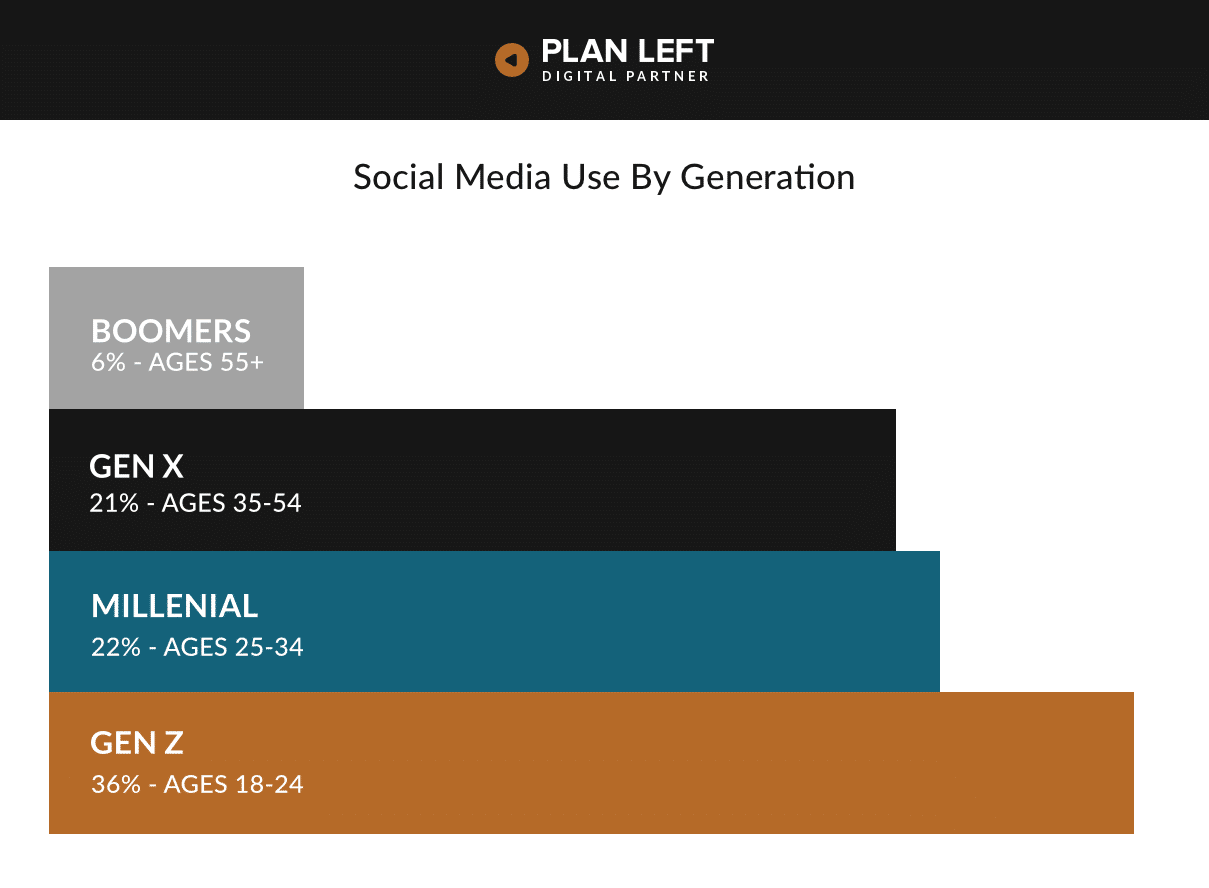
As for on-page content, keyword stuffing is out, and organic quality content prioritizing organic key phrases is in. This is evident with Generative Engine Optimization (GEO) and Generative Search (Bing CoPilot, Google SGE), where studies are finding that long-tail keywords (phrases) lead search results, not the short-tail keyword long held as the industry standard.
Knowing the platform you’re posting on is just as crucial to the success of your campaign as understanding your target audience. Hashtags that work for Instagram don’t bring the same attention as TikTok, just as the same content posted on Facebook won’t garner the same engagement as it would on LinkedIn. Adjusting your social copy for each platform may seem like unnecessary extra work, but in the world of SEO, the end result will be worth the effort.
Social Media Vs. Traditional Advertising
Each day, internet users aged 16-64 will spend an average of six hours and forty minutes online, with nearly two and a half hours of that time spent on social media. The same demographic will spend a little over three hours watching a mix of broadcast and streaming television, a number that has decreased by seventeen minutes over the past year. To break that down even further, streaming video online has taken over television usage with 38.1% of the market, ahead of both cable (30.9%) and broadcast (24.7%) services.
Advertisers have taken notice of the decline in traditional television viewership. Recent studies suggest ad spending in the social media market could reach $76.4 billion this year, while traditional television ad spending has steadily declined over recent years. Analysts project it will reach only $61.7 billion in 2024 before dipping even further to $56.8 billion by 2027.
Most people tend to think of television commercials when considering an advertising strategy. However, with television advertising costs ranging from $25 to $400 per thousand impressions (CPM) and social media advertising delivering a CPM of just $6.06, we can see that times are changing.
- 55% of TV advertising time is missed due to multi-tasking, changing channels, or fast-forwarding
- Paid YouTube mobile ads are 84% more likely to attract attention than paid television advertising
- YouTube data shows that watching ads longer than three seconds leads to higher ad recall and increased brand awareness
How does this decline in television advertising compare or contrast with other forms of traditional advertising? If you thought radio and print were dead, we may be able to convince you otherwise here.
Although not as widely used these days as television advertising, print and radio ads still have their place in marketing. Studies show that 43% of consumers trust ads embedded in social media. Believe it or not, many consumers still trust traditional advertising more, as the following shows:
- 53% of consumers will be influenced by newspaper ads
- 82% of consumers trust print ads in newspapers and magazines
- 71% of consumers trust radio ads
The Rise of Micro-Influencers and Content Creators
Fueled by a $21.1 billion influencer marketing industry, the creator economy is currently valued at $250 billion. It is expected to reach $480 billion by 2027 as more brands shift from celebrity endorsements to partnering with influencers and social media content creators.
More brands (64%) are partnering with micro- and nano-influencers as consumers demand more authenticity and relatability in advertising. Smaller creators deliver the content consumers want at almost double the rate of engagement compared to macro-influencers for a much lower cost.
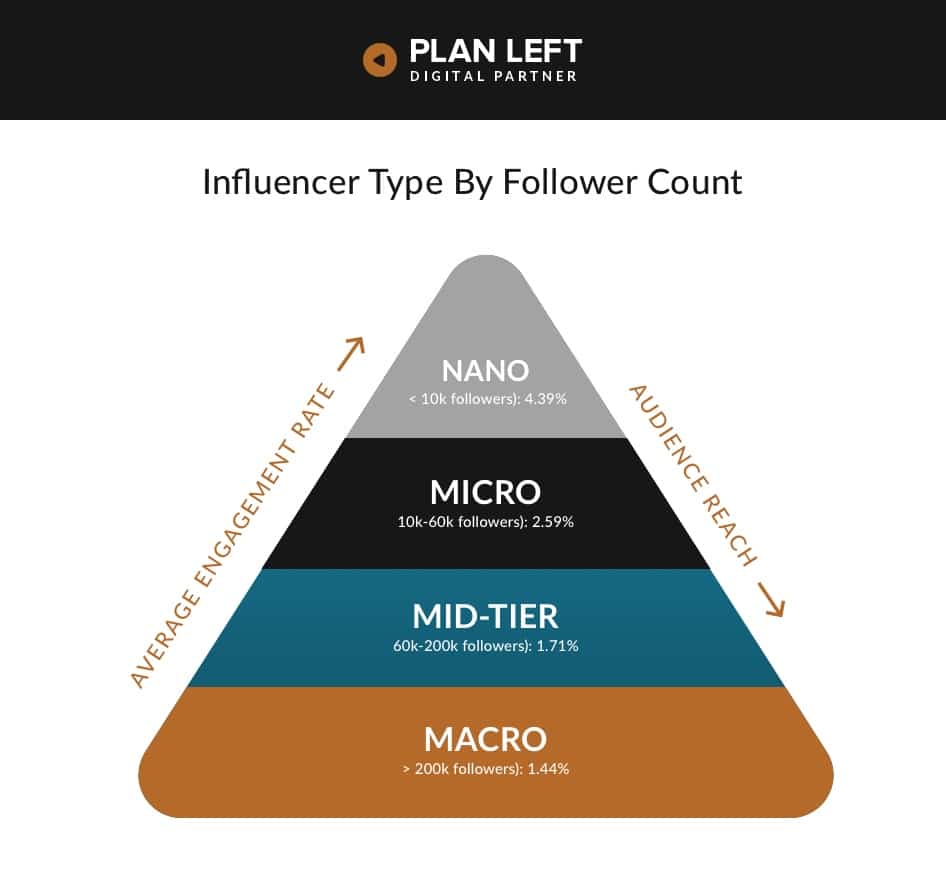
Influencers don’t just influence retail consumers, either. You can also position them to boost business-to-business transactions as well. B2B influencer marketing can humanize your brand and encourage authentic connections by collaborating with experts, thought leaders, or known industry personalities to endorse your marketing initiative. These key components are crucial to developing and implementing a successful B2B influencer campaign:
- Choose an influencer with the same goals and messaging as your brand
- Collaborate with Influencers to create curated content that educates followers and provides unique insights
- Encourage influencers to share their thought leadership initiatives to elevate their credibility and position your brand as an authority
- Implement employee advocacy programs that encourage employees to share, comment, and engage with the influencer-created content to expand its reach
- Establish key performance indicators (KPIs) that track metrics like engagement rates, lead generation, and brand sentiment to measure campaign success
- Maintain industry regulation and guideline compliance while emphasizing full transparency in partnerships to foster trust within your consumer audience
Where, When, and What to Post
Timing is everything, especially in social media. Platforms use complicated algorithms to rank content for viewing in users’ feeds, and timeliness is one of their ranking factors. Scheduling your posts for when your audience is most active can help give your posts an early start for engagement.
Overall, the best time to post across all social media platforms is between 9 a.m. and 12 p.m. on Mondays, Tuesdays, and Wednesdays, with Saturday being the worst day for posting. However, not everyone visits the same social platform at the same time every day, so it’s important to know the specifics of each platform.
Instagram is best known for pictures, while TikTok and YouTube are best known for video content, but only TikTok puts a time limit on their video content. And with short-form video having a 90% chance of increasing leads, if you’ve had a YouTube channel but not a TikTok account, now is the time to start editing your videos for bite-sized viewing. Facebook, Twitter, and LinkedIn offer text-based content, visuals and videos, and informative and interactive content, but their audience demographic varies.
If you want to improve engagement, knowing your target audience and what works best on each platform will help you create and post custom-tailored content when you know they’re most likely to see it.
Facebook
Since the average Facebook user tends to skew a bit older and more than half are there to keep up with current events, the best time to post is at 10 a.m. on Monday and Tuesday, with Sundays being the worst day for posting.
Given how much content users are exposed to on Facebook, they tend to spend most of their time scrolling, only spending a few seconds or less on each post. As such, it’s crucial to create eye-catching content with high-quality graphics or video with concise copy that encourages engagement, such as asking a question or sharing a link.
Instagram
The best time to post on Instagram is at 9 a.m. on Monday or Tuesday, and just like Facebook, the worst day to post is Sunday. Since most Instagram users are there to be entertained and post fun images, they’re likely starting their day off with a little lighthearted distraction.
Instagram is known for being a highly visual social platform, so content needs bold and colorful aesthetics that you can share via high-quality graphics or short videos as a reel or story. Since Instagram doesn’t allow clickable links within the post copy, use relevant hashtags that add personality to your brand. Although you can put up to thirty hashtags on each post, adding just three to five will help prevent watering down your reach.
TikTok
Unlike Facebook and Instagram, the best time to post on TikTok is at 9 a.m. on Saturdays, but they still have the worst day to post in common: Sundays. TikTok is constantly evolving, but the app sees more engagement in the afternoons and weekends, with some smaller peaks in the early morning.
Short-form video is the best type of content to post on TikTok, but they have a slideshow option where you can post images superimposed with text. Posts can last anywhere from a few seconds to ten minutes, but to qualify for monetization, they have to be at least a minute long. And if you want your video to stand out, add audio, as 68% of users will remember a brand if they use a song they like in their content.
YouTube
The best time to post on YouTube is at 6 p.m. on Fridays, with the worst days for posting being Monday. This is likely because YouTube videos are longer content that can’t be viewed during work hours, so engagement spikes later in the day and over the weekend.
When it comes to YouTube, a wide variety of video content that is relevant to your brand will have the best chance of setting you apart from the competition. On YouTube, there is a LOT of competition, with more than 500 hours of new content uploaded every hour. The most effective types of content for YouTube include:
-
- Vlogging
- Unboxing Videos
- Gaming Streams
- Tutorials (Cooking, Fitness, Makeup)
- Travel Videos
- Photography and Videography
LinkedIn
Mondays at 10 a.m. are the best time to post on LinkedIn, with Saturdays and Sundays being the worst for posting. Since LinkedIn is more of a professional platform than a social one, this doesn’t come as a surprise.
LinkedIn is considered a professional networking platform that should portray your brand from a business perspective. Posts with visual elements are the most effective, and videos get the most engagement, but LinkedIn prioritizes videos hosted directly on their site over other content types on external sites.
Twitter (X)
Mondays and Fridays at 11 a.m. are the best times to post on Twitter (X), and like LinkedIn, the weekend is the worst time to post.
Character limits on Twitter (X) mean your content needs short, concise messaging that balances clarity with your brand personality. Video posts are quickly becoming the most effective content on Twitter (X), and they recommend keeping them short and sweet, just like their character-limited copy. Consider the rule of thirds when posting content on Twitter (X): 1/3 of posts promoting your business, 1/3 of personal posts, and 1/3 of sharing expert/influencer insight posts.
While all social media provides a platform for shareable user-generated content (UGC), which fosters a sense of community and encourages engagement, it’s imperative to diversify your content across social media platforms to maximize your reach.
The Hybridization of Social Media and eCommerce
Although social media has been a part of eCommerce for quite some time now, it’s only going to get bigger as more tools become available. Facebook Shops allows retailers to launch digital storefronts in the app, forgoing the need to build and host their own eCommerce store. As an added benefit for Facebook, it prevents consumers from having to leave the platform to complete their purchase. Instagram launched its “Shop Now” button back in 2015, and now the platform gives brands the ability to curate collections and complete transactions within the app thanks to integrating with major eCommerce platforms like WooCommerce and Shopify.
Social commerce benefits small businesses by giving them the ability to easily launch digital storefronts without the massive cost associated with developing and hosting an eCommerce website. They can meet their consumer audience where they are and build meaningful customer relationships through authentic social engagement, which in turn will drive sales, build their brand community, and open the door to valuable user-generated content.
Social media is no longer an optional marketing tool for businesses, as there isn’t a comparable medium regarding ad spend, ROI, audience reach, brand discovery, and the ability to create a direct line of communication with consumers. When you need a social media strategy that helps you find your place in social commerce, we have the tools and experience to make your brand the only option. Let Plan Left lead the way.
Explore Latest Posts
Breaking Free from Marketing Silos: Why Community Matters for Business Growth Every entrepreneur knows the weight of making decisions alone. ... read more
December 11, 2025
A Step-By-Step Approach to Breaking Free from Generic Marketing Enterprise marketing leaders face the challenge of standing out among countless ... read more
December 9, 2025
The constant tug-of-war between strategic vision and operational demands defines the modern CEO experience. While your company's future depends on ... read more
December 4, 2025
Essential Strategies for Entrepreneurs
Get Actionable Business Insights & Marketing Tips
Our newsletter delivers real-world strategies from entrepreneurs who’ve been exactly where you are.
Sign up now for:
- Actionable growth strategies that work
- Insider tactics for attracting top talent
- Real-world case studies from successful founders
- Emerging tech trends that drive innovation
- Pragmatic marketing approaches for visionary leaders
